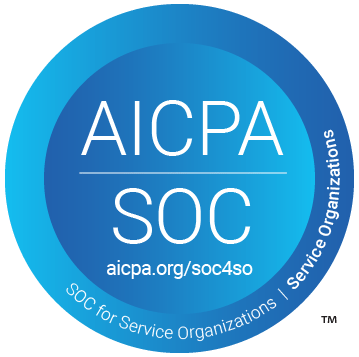FAQ: What is an impact reporting framework?
An impact reporting framework is a structure used to measure and report the social, environmental and economic impact of an organisation’s operations and activities. The framework provides a consistent approach for all organisations looking to measure and communicate their impact, with a defined scope and methodology to be used for data to be collected and reported. An impact report framework typically includes the following key components:
– Sustainability objectives and targets: A clear definition of the sustainability goals and objectives that an organisation aims to achieve, and a roadmap for how these goals will be met.
– Impact indicators – A set of impact indicators that are aligned with an organisation’s sustainability objectives and targets, and that are used to measure and report on the impact of its operations and activities.
– Data collection and management – A robust and transparent system for collecting, managing, and verifying impact data, including data from internal systems, third-party sources, and stakeholders.
– Data analysis and reporting – A method for analysing and reporting impact data, including the use of sustainability metrics and indicators, and the presentation of results in a meaningful and accessible format.
– Stakeholder engagement – A plan for engaging with stakeholders, including customers, employees, suppliers, and communities, to understand their sustainability needs and concerns and to involve them in the impact reporting process.
The purpose of an impact reporting framework is to provide organisations with a consistent and transparent approach to measure and report their impact, supporting informed decision-making and continuous improvement. By using a universal framework such as the GHG Protocol, organisations can benchmark their performance, identify best practices, and promote greater transparency and accountability in their sustainability reporting.




